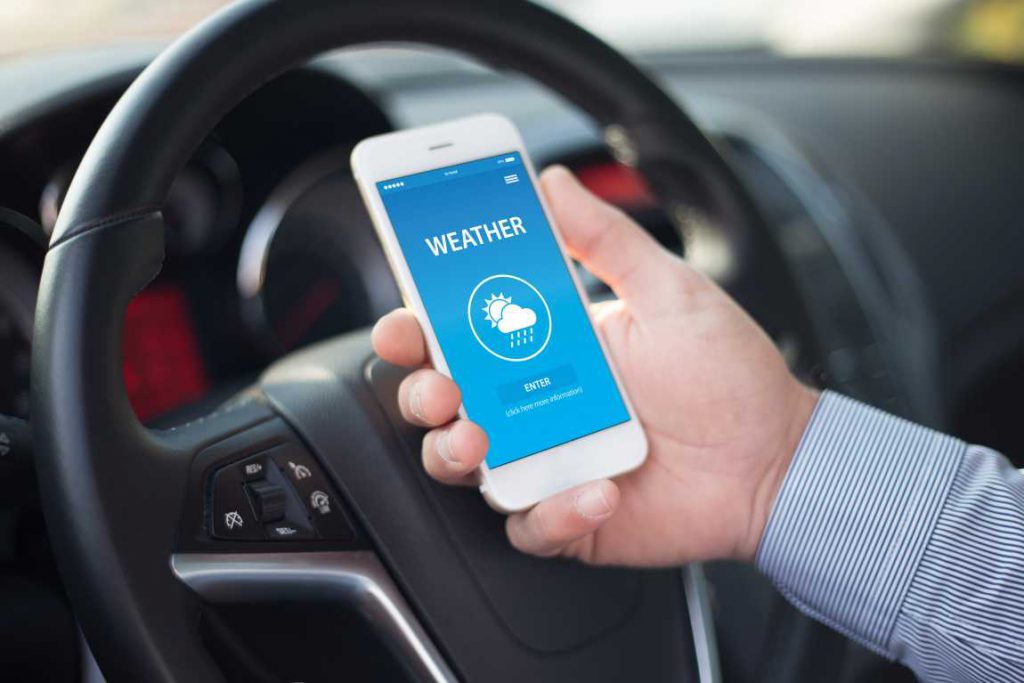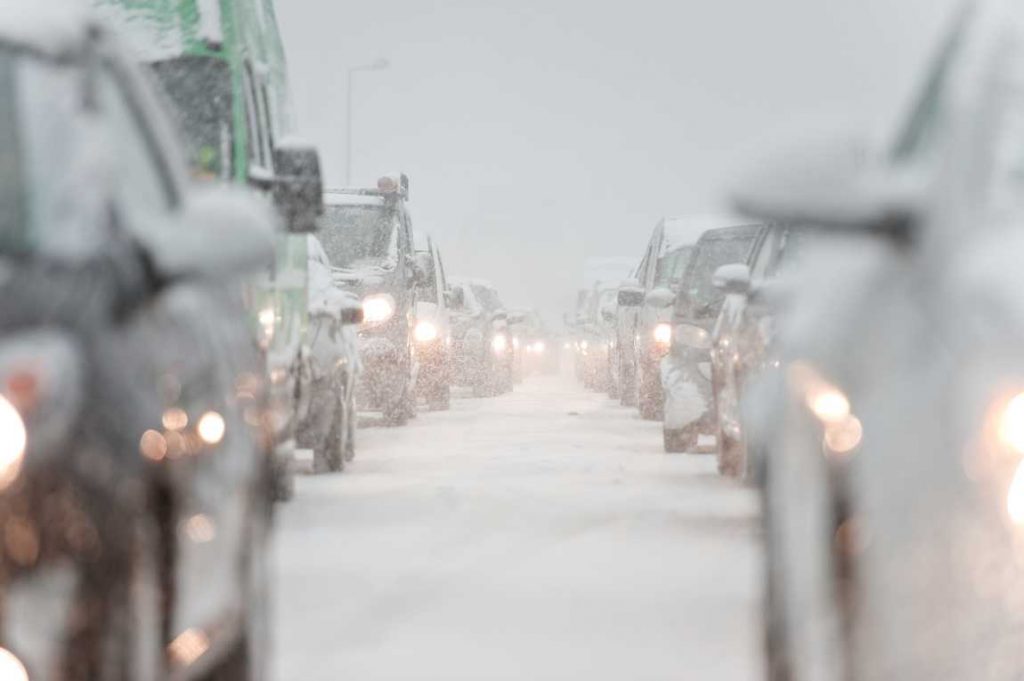Weather can sometimes be unpredictable and driving safely in bad conditions is very important. No one wants the weather to put a crimp in their plans, but safety should be the most important thing for your road trip.
Factoring the weather situation into your road trip plans can save you both time and trouble. With the Internet and weather apps, it’s easy to find accurate and up-to-date information on the current weather conditions, as well as a forecast.
There are various weather websites to check the state of the sky and roads of the places you plan on driving through. Sites like the National Weather Service and Morecast allow travelers to input their route and obtain a free calculation of what the weather looks like along their journey, including the temperature, precipitation and cloud cover. With Morecast, there is even a “compare” feature to help you decide which route to take, comparing the different weather conditions.

Before leaving, download a weather app on your phone to have quick access to updated information. Both Morecast and The Weather Channel have accurate weather smartphone apps, with both notifications and predictions. While you’re on the road, turning the radio to the weather report can also be a smart idea for the latest updates in the specific area you’re driving through. This can also help when you’re off the beaten path and don’t have good cell reception.
Some national parks and other sites attracting visitors are seasonal, or their access roads and entrances are subject to the weather and road conditions. If you have plans to visit any specific areas like these during your road trip, especially in the winter, check with their official websites beforehand to get information on the road status and opening dates.
If it looks like you may be hitting some extreme weather during your road trip, make sure to be ready and plan ahead. However, it’s always recommended to avoid driving during the worst weather conditions. Do not drive in blizzards, downpours and extremely foggy conditions; the best bet, in this case, is to make a stop somewhere like a rest area or gas station and wait it out. Nonetheless, before starting a road trip where there may be snow, ice or a lot of rain, check the treads on your tires or prep your vehicle with winter tires.

Since it’s generally less safe to be driving in extreme weather conditions, remember to always wear a seatbelt and keep your eyes on the road. Another tip to bear in mind is to put extra distance between your car and the car in front of you. This extra distance can give you the additional reaction time you may need to avoid danger on roads in bad conditions. In wet and icy weather, be extra careful when driving over bridges or overpasses. These materials tend to freeze faster and stay icy for longer than normal roads. For a long road trip, if there’s a safer route to go on, take it. In this case, avoid the adventurous back roads and try sticking to the main highways or interstates with high traffic. It’s better to be safe than sorry.